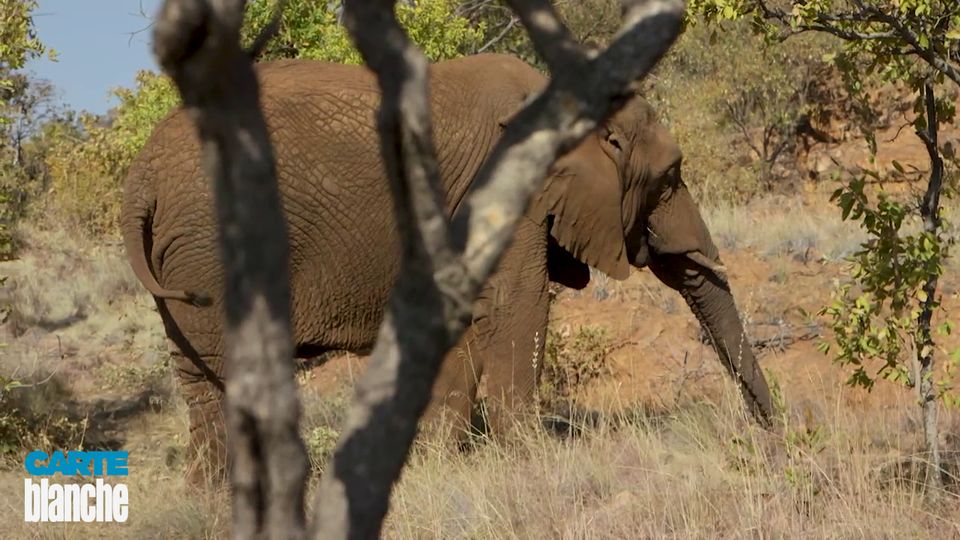The reality for people for whom elephants are a part of their daily lives is often far from this image, and human-elephant conflict is a serious problem almost wherever people and elephants coexist. Nowhere is this more evident than in Botswana, which is home to the largest population of elephants left on earth.
It is important to understand that to many rural people elephants are seen as little more than a pest and a threat. As such, the public response to the elephant deaths in the Okavango Delta has been quite mixed, with many people expressing relief that the population has been reduced, meaning fewer farmers will lose their crops this year.
Elephants are enormous, highly intelligent, occasionally aggressive and permanently hungry, all of which makes them problematic for people who live and grow crops in areas where elephants also live. Farmers and smallholders can lose an entire year’s income in a single raid by elephants, houses can be destroyed and people trampled and killed by elephants searching for food or defending what they see as their ancestral territory.
None of this is any worse, of course, than what people do to elephants. Millions of elephants once roamed across the African continent but, in the last 100 years, humans have killed around 95% of these magnificent animals and continue to kill around 20,000 of the survivors every year. Conversely, human populations are multiplying and encroaching onto land across which generations of matriarch elephants have been leading their herds for thousands of years.
Mitigating human-elephant conflict is a vital conservation tool, reducing the risk to both people and elephants, encouraging local goodwill towards elephants and enabling a comparatively harmonious coexistence. Even to this day, so-called ‘rogue elephants’ are routinely shot as a part of ‘Problem Animal Control’ policies, but this is hardly a progressive, sustainable or desirable solution to the issue of human-elephant conflict.
To avoid taking lethal measures, conservationists and farmers have invented a suite of of non-lethal tools for keeping elephants out of agricultural land, from bee fences, to chilli bombs, to strobe lights, but by far the most effective method is to protect elephant habitats and the corridors that link them, enabling elephants to travel between preferred areas without encountering high densities of people. Protecting habitats and habitat corridors has the enormous added benefit of providing ecosystem services such as clean water, clean air, pollination services, flood mitigation, shade, and all of the other ecosystem services that people need to survive and thrive.
Culling has no place in the 21st Century, and other tools such as those I have described above just put a sticking plaster over the issue. By far the best solution for humans, elephants and the environment at large is to set aside and protect sufficient habitat and habitat corridors, so these natural environments can provide for humans and for wildlife long into the future.
Written by Niall McCann (National Geographic Explorer)


